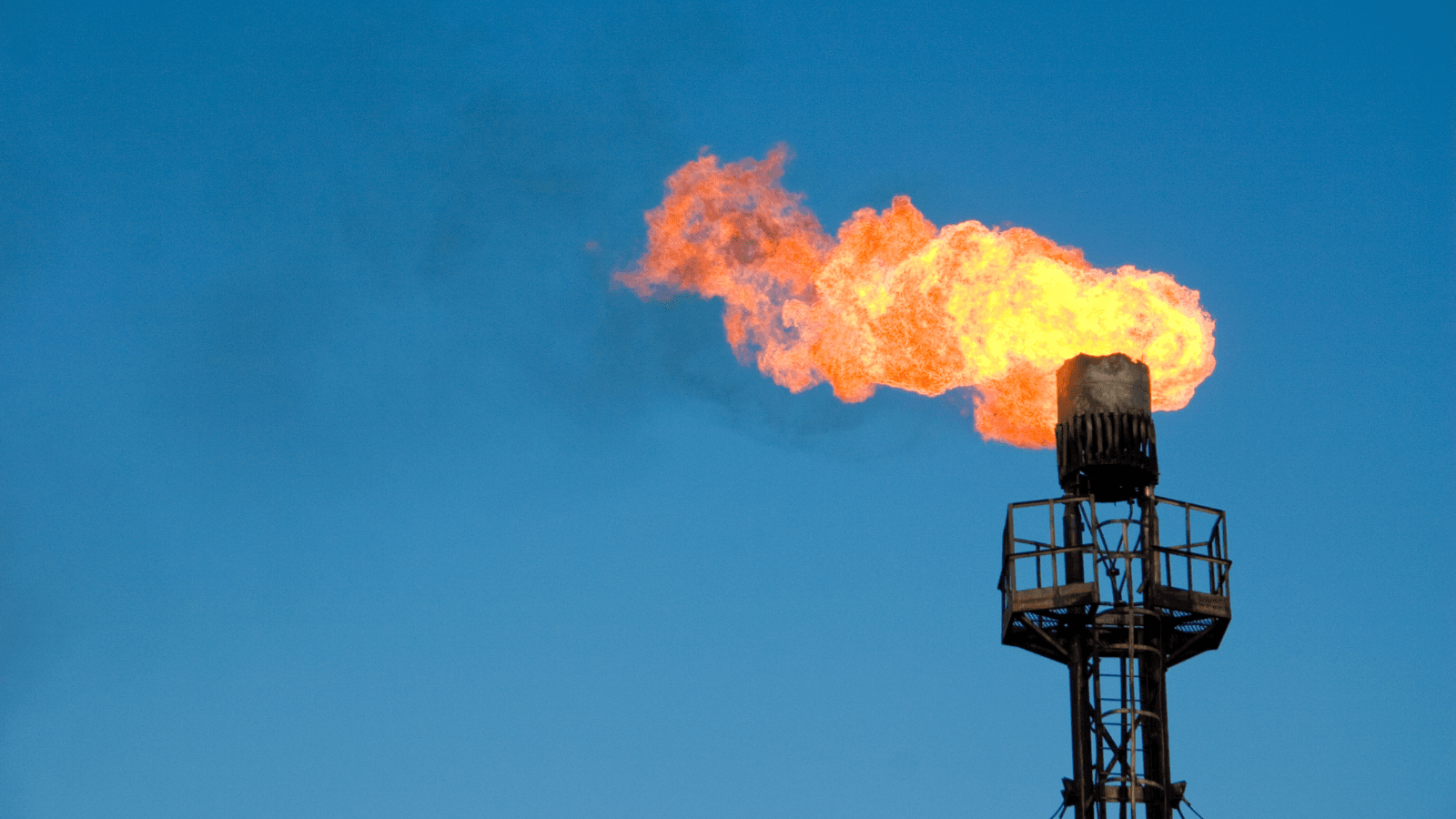
What a momentous day for the health of God’s children – praise God! Today, the Environmental Protection Agency (EPA) released an updated rule to cut methane and other harmful pollutants from oil and gas operations across the U.S. The proposed standard would reduce 36 million tons of leaked methane, 9.7 million tons of Volatile Organic Compounds (VOC’s) smog-producing compounds, and 390,000 tons of hazardous air pollutants (HAP’s) such as cancer-causing benzene. These reductions will have a profound impact in defending our kids’ health and lives and will also significantly contribute to addressing the climate crisis.
We thank Administrator Regan and the EPA team for their long hours and persistent work in getting this new proposal out for public comment.
Together, with the more than 133,000 pro-life Christians who submitted comments to the EPA regarding the original proposed rule, we at the Evangelical Environmental Network recognize the life-threatening danger methane pollution poses to our children – both born and unborn – and the urgent need for strong protective action.
Every child is precious in the sight of God and deserves to be defended from the threat of poisons emitted from oil and gas production, distribution, and transportation. These include known cancer-causing toxics like benzene, VOCs that increase ozone levels, and methane. Methane is an over 80 times more potent greenhouse gas than CO2 in the first twenty years and a major contributor to global warming and climate-fueled extreme weather. Rising temperatures not only pose the threat of heat illness and death during heat waves, but also directly contribute to worsening ozone levels. The medical and scientific literature is clear – living within 0.5 miles of a methane extraction or production site harms our children,[1] and newer research suggests that even those living further afield within a 5-mile radius may also be at risk.
New geospatial analysis released by Earthworks and FracTracker shows that more than 17.3 million people – including 3.9 million children under 18 – live within the half-mile health threat radius of active oil and gas production operations. Within my home state of Pennsylvania at least 310,896 kids face this hazard.[2] This makes addressing fugitive and leaking methane from both existing and new oil/gas facilities a moral responsibility.
As pro-life evangelicals, we have a special concern for the unborn. We want children to be born healthy and unhindered by the ravages of pollution even before they take their first breath. The medical community has long known that unborn children are especially vulnerable to environmental impacts. Of these impacts, fossil fuels are the most serious threat to children’s health worldwide.[3] The once-held belief that a pregnant mother gives chemical protection to her developing child is untrue. Studies have shown that smog, VOCs, soot, and air toxics have a disproportionate impact upon life in the womb. Research by Dr. Shaina L. Stacy and others at the University of Pittsburgh found close proximity to unconventional gas wells in Butler County, PA is associated with babies born with lower birthweight.[4] Additionally, Dr. Lisa M. McKenzie with the Colorado School of Public Health published peer reviewed research that links birth defects to methane production.[5] Research by Casey J.A., et al (2019) further describes that living within a half-mile radius of natural gas development leads to increased brain, spine, or spinal cord birth defects.[6]
We are especially thankful that the new proposed standards are based on actual methane emissions instead of oil and gas production. Recent studies clearly prove that smaller leak-prone wells have disproportionately high emission rates of methane and associated gases.[7], [8] Under the new emission-based rule, these methane super-emitters will no longer slip through the cracks.
While the complete details are under our review, we are especially pleased that the proposal:
- Ends the use of intentionally polluting equipment, including pneumatic controllers and pumps within 3 years of the rule’s finalization
- Puts strict guidelines on flaring
- Requires regular OGI (Optical Gas Inspections) on all wells except the simplest sites that still require AVO (Audio, Visual, Olfactory) inspections
- Provides plans for approving the latest technology use in monitoring
- Allows communities to be involved in monitoring Super Emitter Sites
- Requires states to develop State Implementation Plans with 18 months of the final rule being published
For our children’s right for an abundant and healthy life, we applaud EPA efforts for this stronger rule.
Submit your comment to the EPA in support of stronger methane standards here!
[1] Hays J, Shonkoff SBC (2016) Toward an Understanding of the Environmental and Public Health Impacts of Unconventional Natural Gas Development: A Categorical Assessment of the Peer- Reviewed Scientific Literature, 2009-2015. PLoS ONE 11(4): e0154164. doi:10.1371/journal. pone.0154164
[2] https://oilandgasthreatmap.com/
[3] Perera F. Pollution from Fossil-Fuel Combustion is the Leading Environmental Threat to Global Pediatric Health and Equity: Solutions Exist. Int J Environ Res Public Health. 2017;15(1):16. Published 2017 Dec 23. doi:10.3390/ijerph15010016
[4] Stacy SL, Brink LL, Larkin JC, Sadovsky Y, Goldstein BD, Pitt BR, et al. (2015) Perinatal Outcomes and Unconventional Natural Gas Operations in Southwest Pennsylvania. PLoS ONE 10(6): e0126425. doi: 10.1371/journal.pone.0126425, downloaded September 28, 2015, http://journals.plos.org/plosone/article?id=10.1371/journal.pone.0126425
[5] Lisa M. McKenzie, Ruixin Guo, Roxana Z. Witter, David A. Savitz, Lee S. Newman, and John L. Adgate, Birth Outcomes and Maternal Residential Proximity to Natural Gas Development in Rural Colorado, Environmental Health Perspectives doi:10.1289/ehp.1306722. downloaded September 28, 2015, http://ehp.niehs.nih.gov/1306722/#tab3
[6] Casey J.A., et al., “The association between natural gas well activity and specific congenital anomalies in Oklahoma, 1997-2009,” Environment International, Volume 122, January 2019, 381-388, https://www.sciencedirect.com/science/article/pii/S0160412018317999?via=ihub
[7] Zavala-Araiza, et al., (2015) “Toward a Functional Definition of Methane Super-Emitters: Application to Natural Gas Production Sites,” Environ. Sci. Technol. 2015, 49, 13, at 8167−8174 (“Zavala-Araiza (2015)”)
[8]Omara, M., Zavala-Araiza, D., Lyon, D.R. et al. Methane emissions from US low production oil and natural gas well sites. Nat Commun 13, 2085 (2022). https://doi.org/10.1038/s41467-022-29709-3

